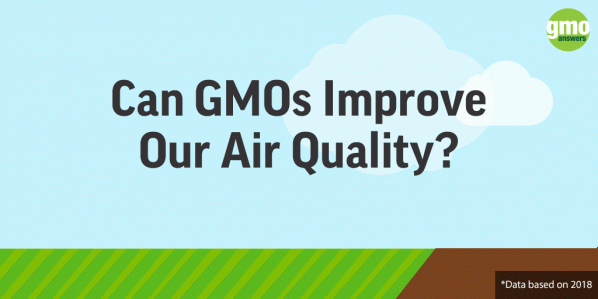Question
Is it true that GMOs require massive amounts of pesticides, herbicides and fungicides?
Submitted by: SD Michael
Answer
Expert response from GMOAnswers Admin_1
Friday, 13/12/2013 13:15
I've heard and read the claim that genetically modified crops have led to increased use of pesticides. This hasn't squared with my own experience, so I checked with a few neighbors and family members still on and around the family farm where I grew up. These are farmers who are 100-percent GM: herbicide-tolerant corn and soybeans and insect-control traits for both corn rootworm and corn borer in many of the corn hybrids they plant. And, for either crop, pesticide use has been somewhat reduced since they started growing GM crops.
(Note that the term “pesticides” comprises a broad category. For crops, it typically includes three types of products: insecticides to control insect pests; herbicides to control weeds; and fungicides to control plant diseases.)
For example, they've been able to eliminate insecticide sprays for corn borer and have changed weed-management programs, eliminating some herbicides while substituting in other, more effective herbicides. Fungicide use has never been high in this area—and that has not changed with the use of GM corn and soy. More recently, the use of an in-furrow insecticide has become more popular, because they want multiple modes of action for insect pests.
The U.S. Department of Agriculture has good data on this sort of thing, so I checked its website and found a good article reporting on pesticide usage.
-
- Insecticide use in corn peaked in 1976 at 32 million pounds (M lbs) of active ingredient, dropped to 10.6 M lbs by 2000 and by 2010 had fallen to 1.8 M lbs; that’s nearly an 18-fold decrease.
- Insecticide use in cotton declined from 43.5 M lbs in 2000 to 7.2 M lbs in 2010—a 6-fold decrease. The 2000–2010 time period coincides with the introduction of GM corn and cotton for insect management.
- Herbicide use in corn and soybeans stood at 243 and 133 M lbs, respectively, in 1982, peak years for both, and by 2010 was at 197 and 110 M lbs, respectively. There has been a rise in herbicide use over the past 10 years or so, as a few very low-use-rate herbicides, especially in soybeans, have been replaced by somewhat higher-use-rate products, but it still does not reach the rates of the past.
- Fungicide usage has remained approximately steady over the years, and GM crops have yet to be introduced to resist plant disease and reduce the need for fungicides, but, once again, no increase.
Just remember that pesticide “pounds on the ground” are influenced by many things, and GM crop introduction is only one factor. Other influences include what crop was previously planted on the field, weather conditions, etc. So my family's experience falls closely in line with that of overall U.S. agriculture, and the bottom line is that pesticide usage has most definitely not increased, and, if anything, has decreased.
Sources
- Osteen, C.D. and J. Fernandez-Conejo. 2013. Economic policy issues of U.S. agricultural pesticide use trends. Pest Manag Sci 69:1001-1025.
- USDA ERS – Chemical inputs: Pesticide Use and Markets.
How Do GMOs Benefit The Environment?



